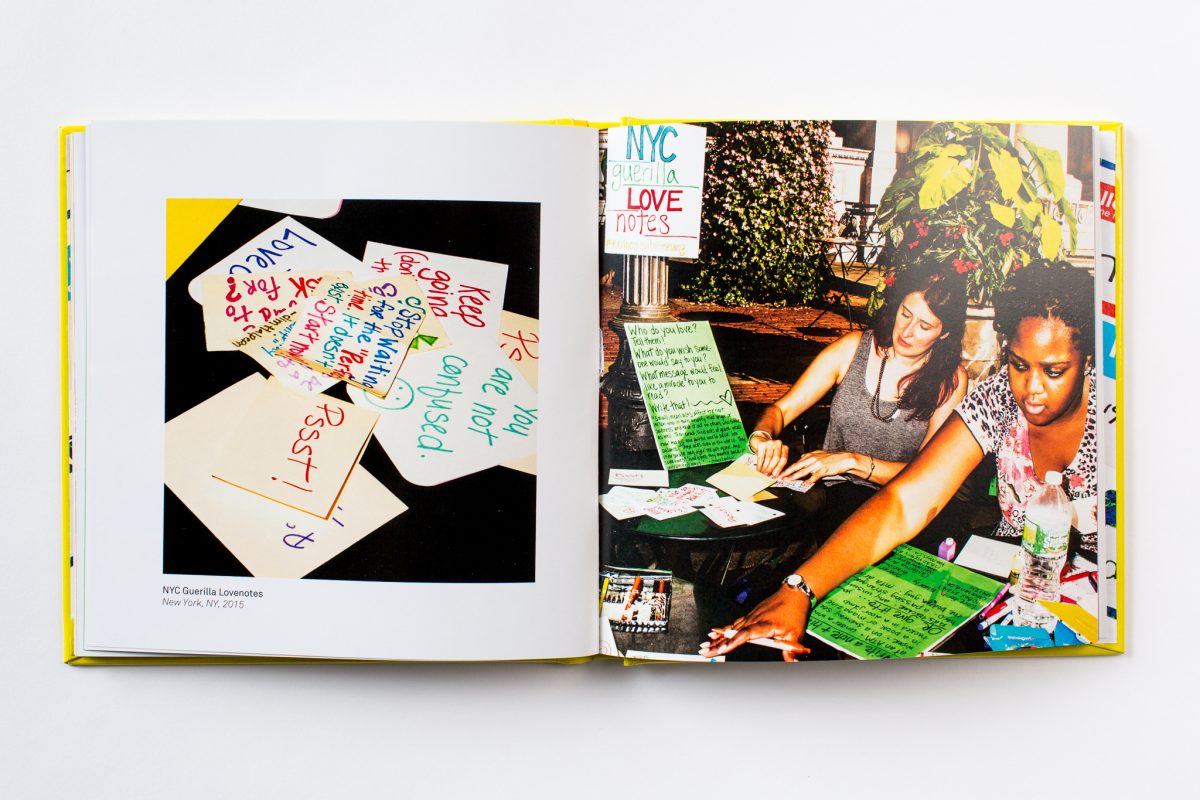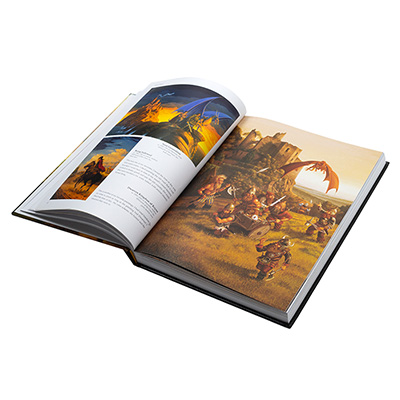How DPI Affects the Final Quality of Your art book
How DPI Affects the Final Quality of Your art book
Blog Article
Discover the Important Guide to Art Book Printing for Aspiring Artists and Publishers
As a hopeful artist or author, comprehending the nuances of art book printing is crucial to bringing your vision to life. What are the essential elements you should focus on to develop a magnificent art book that truly represents your work?
Comprehending Various Types of Art Books
When you plunge into the world of art books, you'll quickly find that they come in numerous types, each tailored to different imaginative expressions and audiences. Coffee table publications usually display spectacular visuals, ideal for casual surfing, while essays dive deep into a private artist's job, giving context and understandings. If you want details art motions, event directories provide detailed documents of programs, featuring essays and critiques.
For educational purposes, art manuals and method books direct you via various mediums and designs, making them essential for striving musicians. Each format serves its function, and understanding their differences can improve your art book journey.
Selecting the Right Paper and Products
Selecting the best paper and products can significantly affect the general quality and feel of your art book. Start by taking into consideration the sort of art work you have. For lively shades and complex information, go with a shiny surface or a heavyweight matte paper that boosts aesthetic depth. If your work includes softer tones or appearances, a natural or uncoated paper can give a warm, welcoming touch.
Consider the weight of the paper, too. Thicker options typically lend a more expert look, while lighter documents can lower printing prices. Do not ignore the binding materials; a sturdy cover can shield your pages and contribute to guide's visual.
Ultimately, consider sustainability. Green choices are gaining appeal and can mirror your worths as a musician. By very carefully choosing your paper and materials, you'll assure that your art book not just looks terrific yet also really feels special in the hands of your viewers.

Picking the Finest Printing Strategies
When it comes to printing your art book, picking between offset and digital printing can significantly influence your end product. You'll also intend to consider exactly how paper high quality influences the total look and feel of your artwork. Let's check out these key printing strategies to discover the very best suitable for your job.
Offset vs. Digital Printing
While both countered and electronic printing have their benefits, picking the best strategy for your art book can considerably impact the last item. Balanced out printing supplies high-quality images and vibrant colors, making it perfect for bigger print runs. Eventually, your option needs to straighten with your creative vision and circulation strategy, making sure that your art book reflects the quality you want.
Paper Top Quality Factors To Consider
Choosing the appropriate paper high quality can greatly improve the visual charm and tactile experience of your art book. Start by considering the weight and structure of the paper. Much heavier paper typically really feels even more luxurious and can better showcase lively shades and elaborate details. For prints, a glossy surface can make photos pop, while a matte finish supplies a softer, much more subtle look. Do not forget the paper's brightness; brighter sheets can enhance shade accuracy and comparison.
Next, assume about the sustainability of your selection. Environmentally friendly choices are coming to be significantly prominent and can appeal to environmentally-conscious visitors. Request examples to see just how different documents work with your artwork, guaranteeing the last item shows your vision perfectly.
Making Certain Color Precision in Your Prints
To accomplish stunning prints, you require to concentrate on color accuracy from the beginning. You'll wish to make use of shade calibration strategies to confirm your screen and printer are in sync. Additionally, proofing your work prior to the last print run can assist catch any type of inconsistencies, ensuring your art looks simply as you imagined.
Shade Calibration Techniques
Assuring color accuracy in your prints starts with effective shade calibration methods that aid preserve consistency in between your electronic photos and final printed products. Next, select a color profile matched for your printing procedure, like CMYK for print products. By constantly applying these techniques, you'll boost the total high quality of your art prints and better convey your imaginative vision.
Proofing for Precision
While you may think your electronic images are all set for print, proofing is important for attaining color precision. Before committing to a complete print run, always ask for a proof from your printer.
If adjustments are needed, connect plainly with your printer regarding your wanted results. Do not be reluctant to demand multiple evidence if essential; it's worth the financial investment to obtain it right. Inevitably, extensive proofing warranties that your artwork is represented as you pictured it, maintaining your creative honesty throughout the printing process.

Creating Layouts That Enhance Your Art Work
When you make formats for your art book, it's important to consider exactly how each aspect engages with your art work. Goal for an equilibrium in between visuals and message, making certain neither overshadows the other. Use white space strategically; it gives your artwork space to breathe and accentuates its details.
Think about the circulation of your book. Set up pictures in such a way that overviews the visitor's eye, developing a story or thematic development. art book. Vary the sizes and positionings of your artwork to keep the format vibrant and intriguing
Select typefaces that enhance your art work without distracting from it. Keep text concise and relevant, offering context or insight that boosts the visitor's experience.
Finally, test different layouts. Print samples to see how the designs convert theoretically, and change as needed. By attentively making your formats, you'll produce a visually interesting art book that reverberates with your audience.
Binding Options for a Specialist Finish
Picking the right binding choice can considerably influence the general discussion of your art book. You'll desire to think about both appearances and durability when making visit their website your selection. Popular options include best binding, which uses a smooth look and is excellent for thicker books; saddle sewing, suitable for smaller sized brochures; and spiral binding, which permits pages to lay level for easy watching.
If you're intending for a premium see feeling, case binding is an exceptional choice, supplying a tough cover and an expert appearance (art book). Don't ignore the cover material; choices like cloth, leather, or a shiny coating can elevate your book's charm
Whatever option you select, ensure it complements your artwork and boosts the reader's experience. Take your time to evaluate the pros and disadvantages of each method, so your end product mirrors the quality of your creative vision.
Preparing Your Data for Publish Preparedness
To guarantee your art book is print-ready, you'll need to pay close focus to file preparation. Beginning by establishing your file dimension to match your wanted print dimensions. Use high-resolution pictures-- look at this website 300 DPI is the criterion-- to determine sharp, lively visuals. Convert your data to CMYK setting, as this color space is finest for printing. Don't neglect to include bleed locations, normally an extra 0.125 inches around your pages, to stop any kind of white sides after trimming.
Consider developing a proof to evaluate before the last print run. Complying with these steps will aid you attain a refined, professional art book.
Frequently Asked Questions
What Is the Ordinary Price of Publishing an Art Book?
The average cost of publishing an art book differs, however you can expect to pay anywhere from $5 to $20 per duplicate, depending on factors like size, paper quality, and printing quantity.
Just How Can I Discover a Reliable Printing Company?
To find a trusted printing firm, begin by investigating on the internet evaluations and asking fellow artists for referrals. Compare quotes, check profiles, and interact your needs plainly to assure they recognize your vision and top quality assumptions.
What Is the Normal Turnaround Time for Printing?
The regular turnaround time for printing varies yet generally ranges from one to four weeks. Factors like task complexity and volume can influence this. Constantly verify with your chosen printer for details timelines and expectations.
Can I Print My Art Book in Limited Quantities?
Yes, you can certainly publish your art book in limited amounts. Lots of printing companies supply short-run choices, allowing you to create simply the number you need, making it much easier to take care of costs and stock.
What Lawful Factors To Consider Should I Know for My Art Book?
You should think about copyright, licensing arrangements, and model releases when producing your art book. Ensure you deserve to use all pictures and text, securing on your own from possible legal issues later on.
Report this page